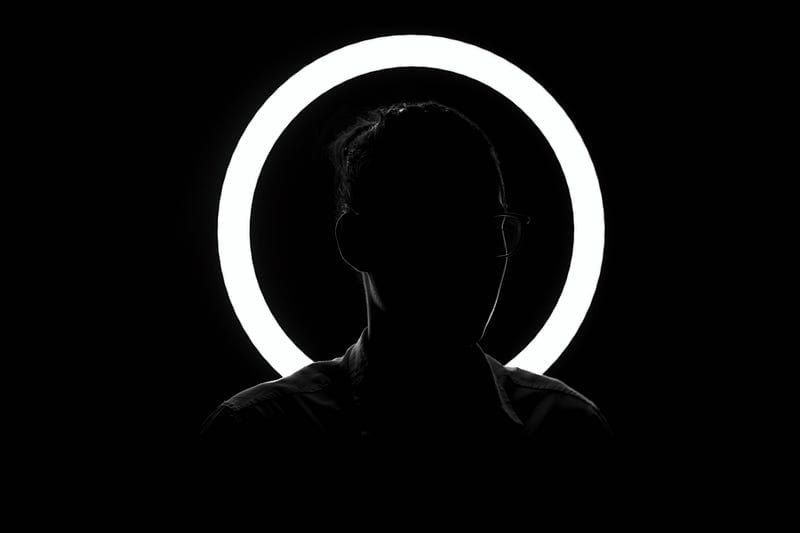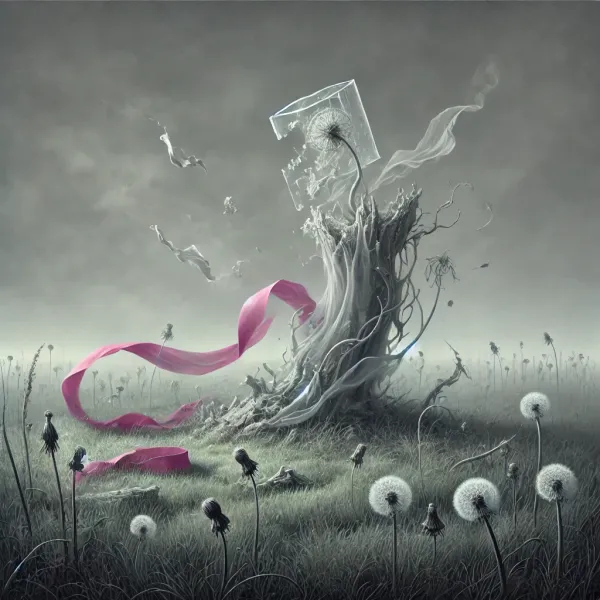Hello, I Am A Futurist
Or call me an emergentist, foresight practitioner, or futures developer

A big part of my professional life is happening in the world of futures. Yes, futures. No, I did not ignore the Grammarly suggestion to correct it. Actually, I should write to Grammarly that they should change their database.
Why?
Because the word future, singular, implies that there is this one place in the coming time where we are all heading to. And that is just not going to happen. Like in all the splendid multiverse films lately, which are experimenting with the idea of the parallel present, in futures thinking field we are working with the idea that there are a lot of possible consequences of today's actions. Hence, a set of different futures.
But that leads to an infinite amount of possible futures?

Well, yes it does. To make it workable and actionable, usually, we, futures developers, break it down on a possibility spectrum. This means — out of all possible sets there are some more likely to happen (based on what we know of today and yesterday) and others quite speculative.
So this is sorting scale number one — by possibility.
The second sorting scale, for deducting actions in the here and now, which is always the goal of any futures work, is even more important.
Preferable futures.
What do I (we, the organization, whatever focus group) want the future to be like?
Yeah, I know, sounds like — I imagine flying cars and hoverboards like in back to the future (a super interesting film for a futures professional). This is not a profession, or if then the one of a fiction writer, you may say.
Futures developers are constantly scanning the world out there for signals of change. We call it the horizon, referring to the line where the future meets the present in our everyday lives.

Signals are little things that are just emerging exactly on this horizon. As stones in the water, they cause visible ripples. Sometimes those ripples really do not lead to anything, but at other times, those ripples connect to other ripples, building a pattern, and leading to bigger ripples.
(That was a lot of ripples in one paragraph, Hemingway is not happy.)
We, futures developers or emergentists, can inform you about those signals. Lead you to find them to develop your preferred futures scenarios.
What about trends you ask?
They are everywhere. From head to toe, there are new trends every season, also in every other industry on the planet trends are monitored and published. (If you know how to use Google analytics you can find trends for almost any word).
And they are important for futures work.
But — and this is a BIG BUT — they should and cannot be the single information source for building your future.
Why? Because trends are not representing the future. They are representing the present.
Think about it — a trend becomes a trend when already a certain amount of people are doing it (whatever it is in this sample).
But it does not tell us, what those people will do in 10 years.
That is where the professional is digging deeper to enable you to make informed futures visualization by taking into account emerging patterns.

Still — the visions, scenarios, or however you want to call them, are only part of creating this futures.
To make these scenarios come alive, a first step is needed.
Foresight and futures methodology helps you to do just that. Backcast this futures into actionable first steps in the here and now.
And this is the ultimate purpose of any futures work.
Enabling people to act on the futures instead of letting it happen.
Hi, I am a futurist. I am enabling people and organisations to act in the here and now in a way to create their preferred future.
Still questions?
If you are intrigued and wanna know more about my futures work or me, follow me here on Medium, or connect with me on LinkedIn.




